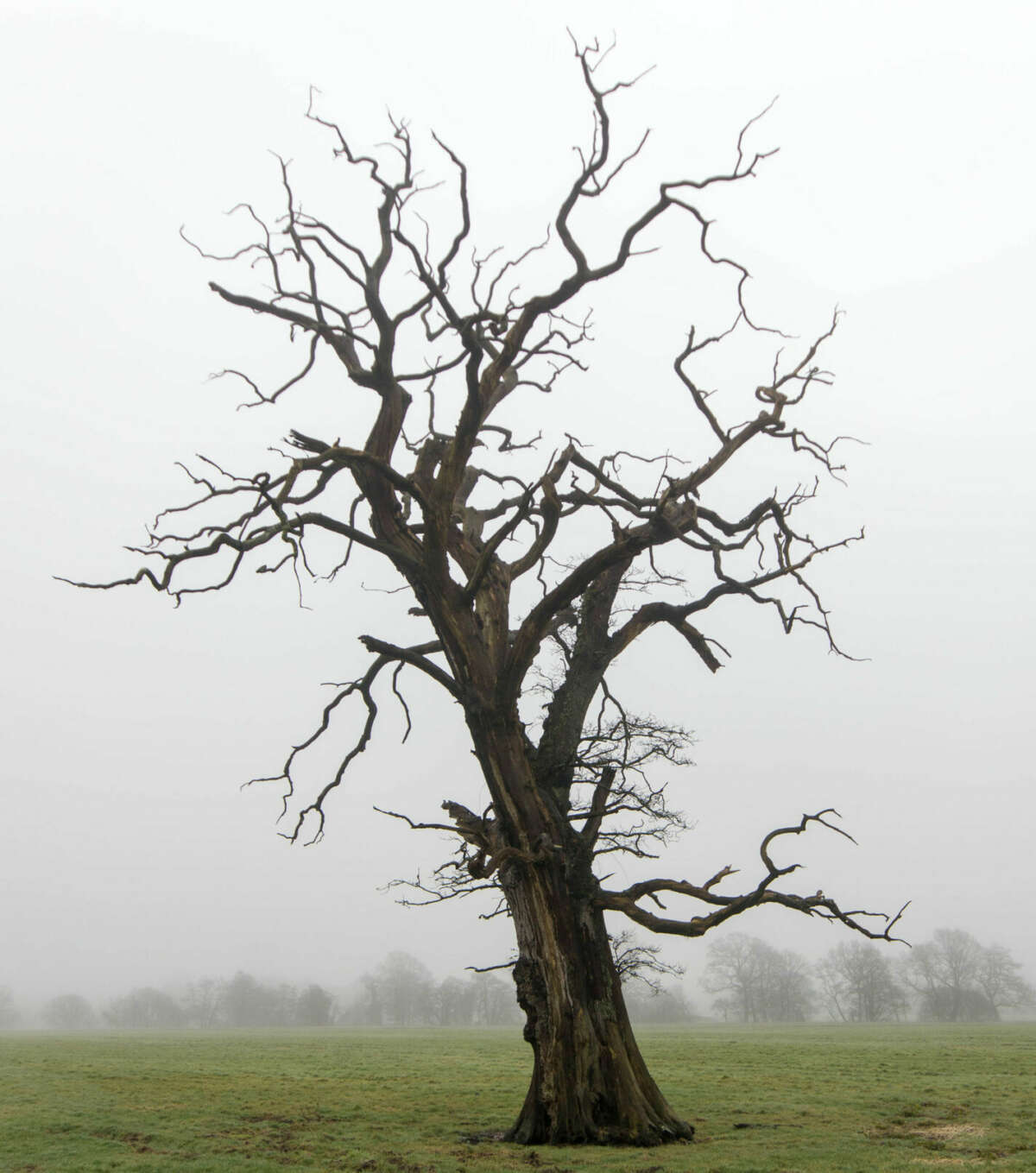Xylella fastidiosa. What is it?

Xylella fastidiosa is a bacterium that lives in the plant’s ‘xylem’ (water channels). It causes disease by restricting or blocking the water and nourishment from travelling throughout the plant - thus causing the plant to rapidly wilt and die from lack of water. Variants of the bacterium have been detected as far apart as Brazil, the US, Italy and Germany. It could well be on its way to Britain.
The bacteria are carried and spread by insects which feed in the plant sap. Xylella was first in the news 20 years ago, when it decimated the Californian vines. In 2013 it was found for the first time in Europe, in the olive trees of southern Italy. Within 18 months it had affected up to 1m trees. Because the bacteria flourished in olive trees and in warm conditions it was thought unlikely to spread into Northern Europe. But by July 2015, it had reached Corsica, then a variant was found in the popular ornamental, Polygala myrtifolia, in France. The spread was relentless. In the past two years it has been detected in Germany, Majorca, Ibiza and Spain.
Britain is on high alert. The plants most at risk are our mighty oak trees. The horticultural trade are complying with EU emergency control measures – sourcing plants with caution. Because many - such as rosemary, lavender and oleander - might not show infection, but be carrying the disease. If Xylella fastidiosa takes hold in Britain, some say it would be the plant equivalent of foot and mouth disease.
See here for further information on Xylella. This page includes symptoms to spot, and where to report any sightings.